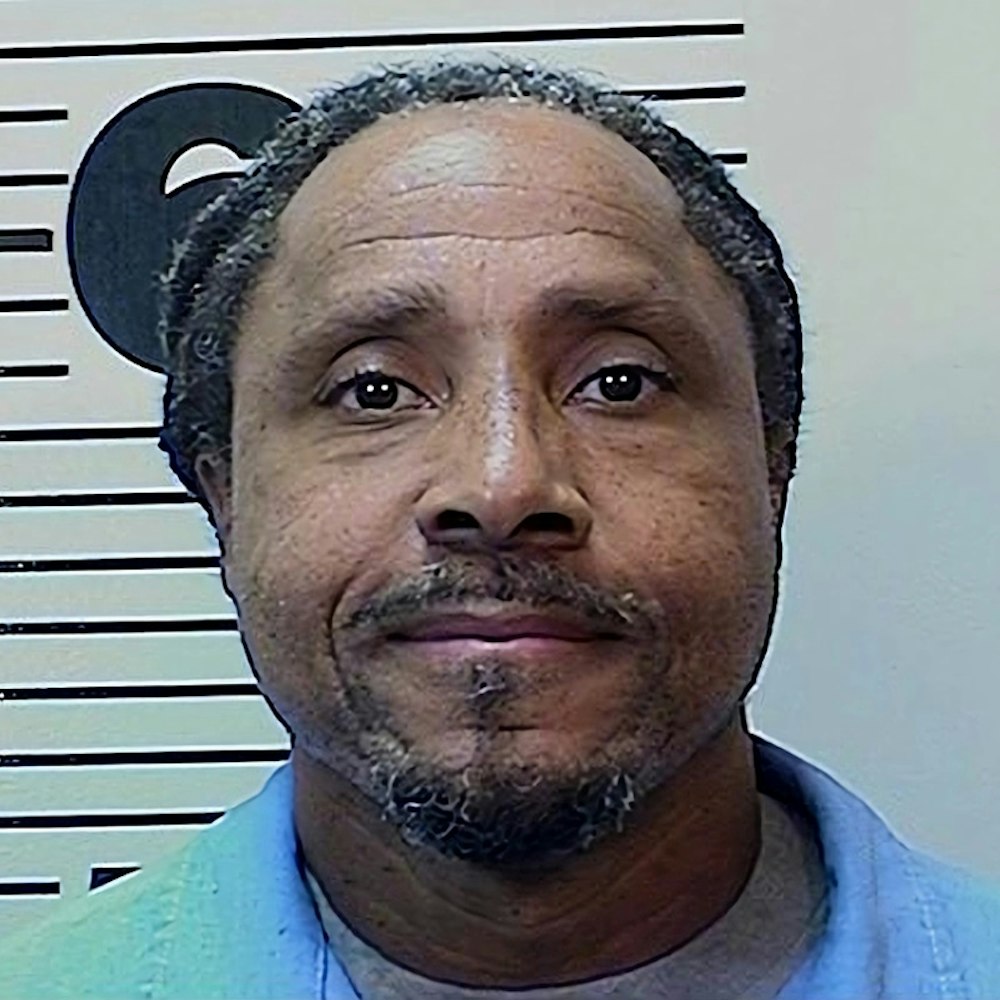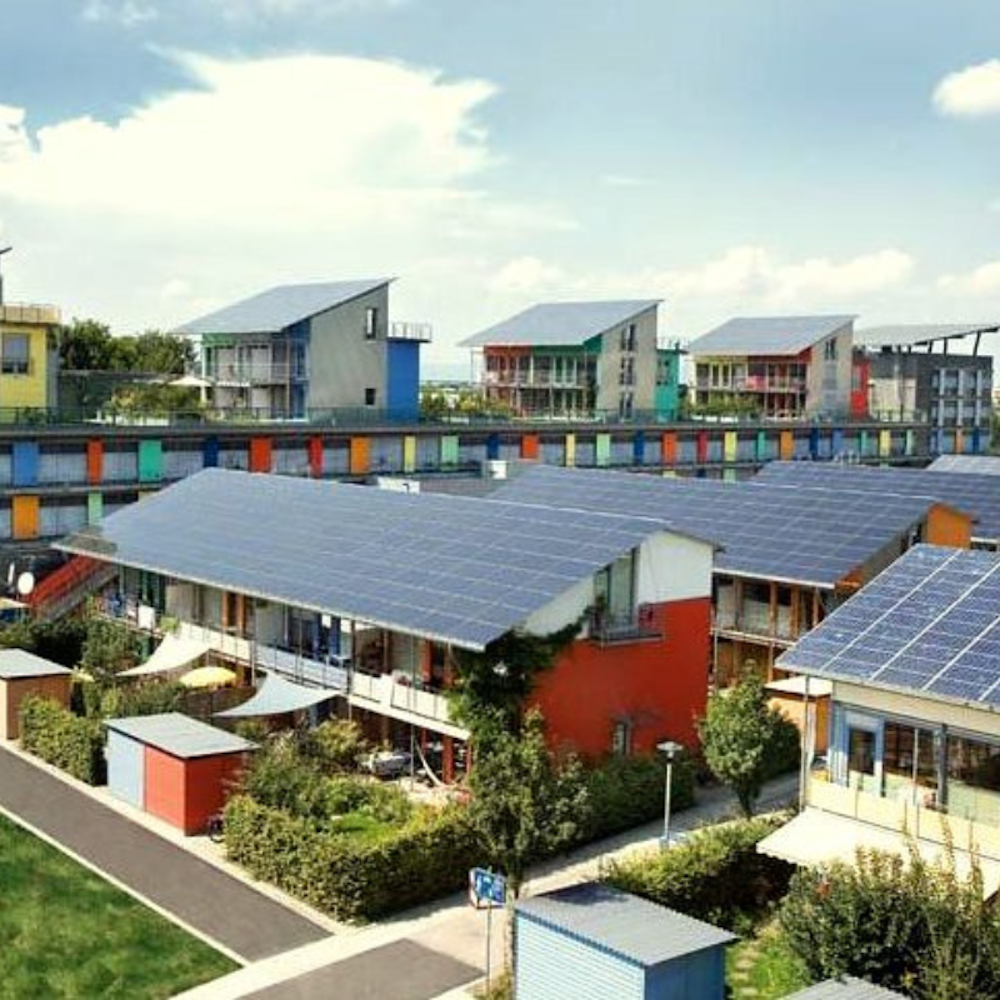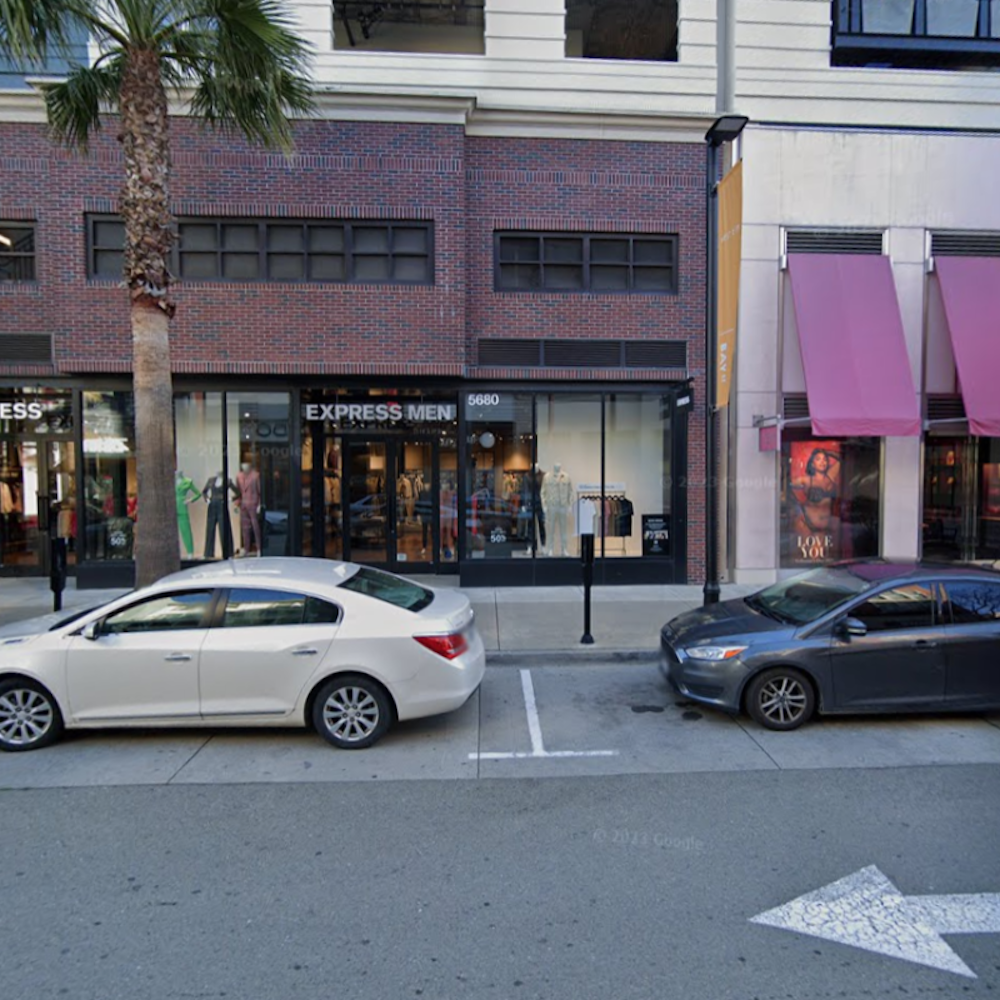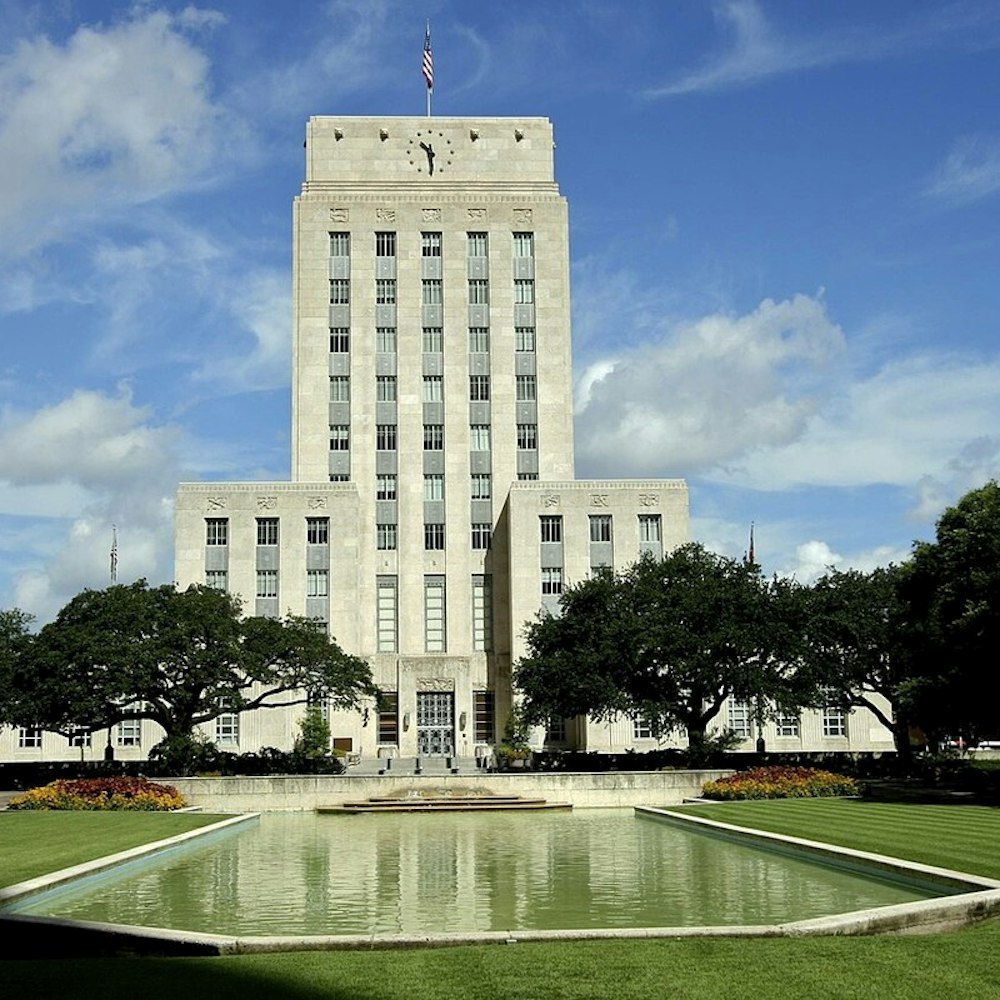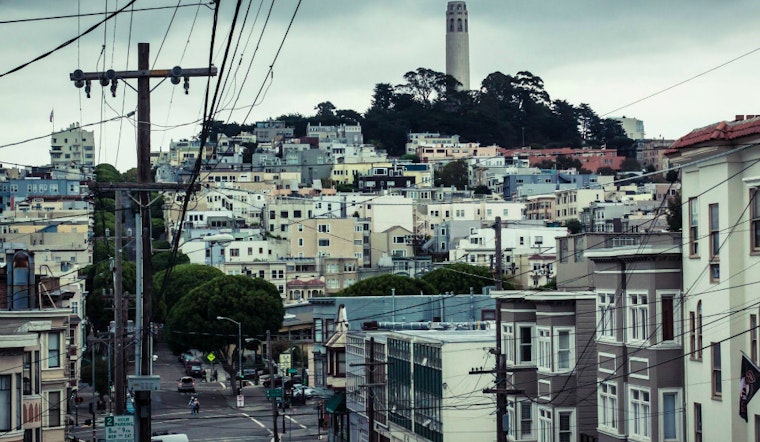
Neighbors in the North Beach and Russian Hill neighborhoods have some of the city's most unique and historic streetscapes. These older areas also have an abundance of wooden utility and streetlight poles, which are prime pickings for wireless companies to put up new equipment because the city's hands are tied from stopping them.
"We don’t have the ability to prohibit these systems on wood poles," said Omar Masry, the city's wireless planner. "In a public right-of-way, state law gives the corporations the ability to place their equipment." The state law giving companies the right to install telegraph lines was written back in the 1800s, he said. Now, about a century later, wireless carriers have argued for the right to put up equipment in the public right-of-way.
However, a lawsuit did grant cities the right to review design and location. "That doesn’t mean we get to prohibit them," Masry said, "but we get to exercise some discretion, if you will." However, that discretion could be in jeopardy: A proposed bill in the State Assembly, AB57, could inhibit cities from having full review of these facilities. Attorney Jonathan Kramer has addressed this on his website, celltowersites.com.
This hasn't sat well with neighbors, so Masry has asked people to read a flyer that SF Planning put out with frequently asked questions (FAQs) about wireless facilities on wooden utility and wooden streetlight poles. A number of residents "are very upset about how they affect views outside residential windows, views on historic streetscapes and how close they are to their homes," he said. Some have health concerns about the radio frequency emissions; some equipment is noisy.
There are 383 wooden poles in the city with cellular antennas, Masry said. The areas of heavy concentration are in the Sunset and Richmond, and until now, only a handful of antennas had been going up on poles in Russian Hill. But in 2014, Verizon proposed 46 sites on wooden poles in the northeast neighborhoods, including North Beach, Nob Hill and Chinatown, and Planning denied two and required extensive design changes to the remainder. "We're trying to find a way to make these less intrusive when it comes to these historic neighborhoods through a number of design changes," Masry said.
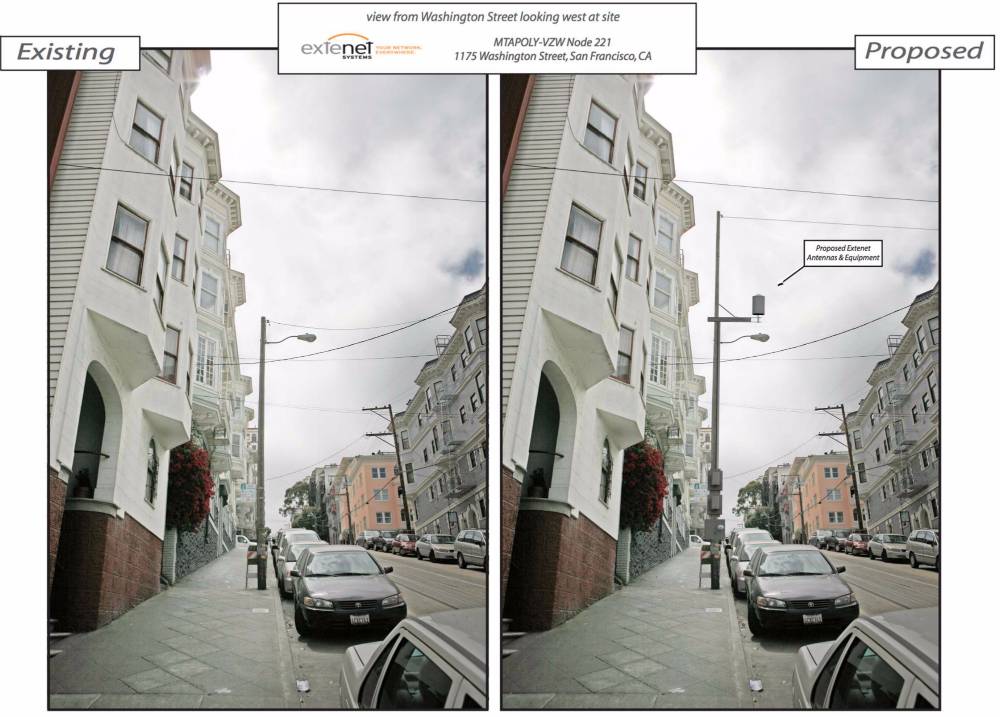
Original submittal by Extenet for Verizon in Russian Hill (significant pole height increase, exposed cabling and gear not shown in simulation, visible decals, and wide electric meter)
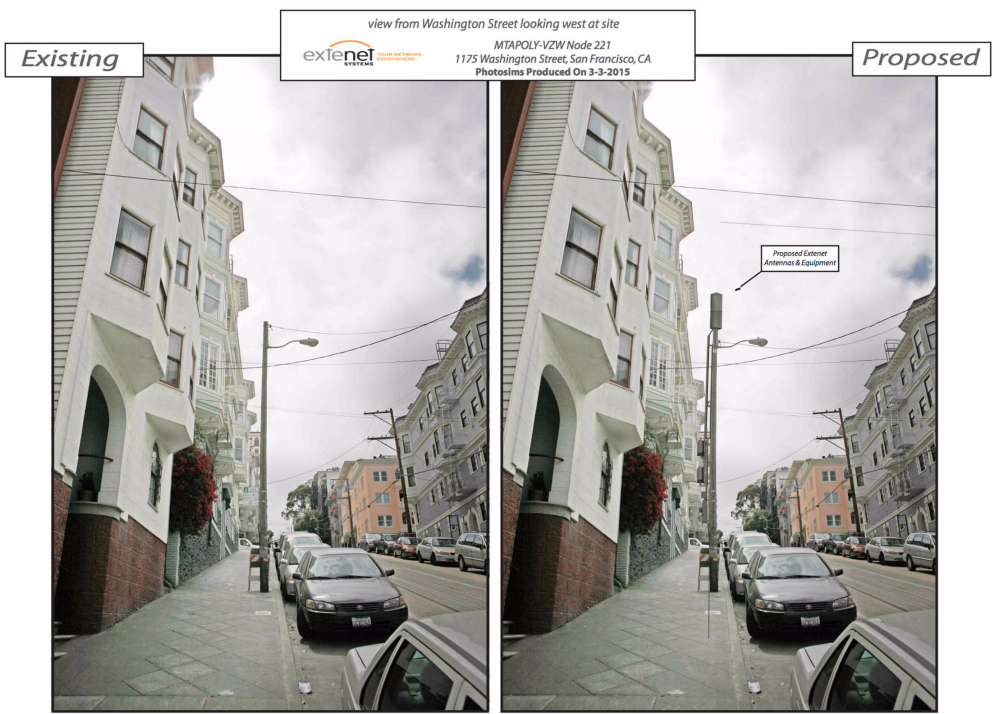
Revised design based on Planning Department engagement with Extenet and Pacific Gas and Electric (following rules on pole attachments and equipment spacing)
Sarah Taber of Russian Hill Neighbors praised Masry for trying to protect the character of her area, but said, “I don’t think it’s fair to take it away from the citizens and from the local government. I am specifically objecting to the proposed wireless facilities that are going in on utility poles." She added some neighbors say they haven't received notices about the proposals to add equipment.
The city's preference is for carriers to install equipment on rooftops and steel poles, Masry said. But those require more oversight and approvals. Rooftop sites require a permit and sometimes have to go through the Planning Commission. The city owns the steel poles, so those requests go through the Department of Public Works. That means that installing on wooden poles in the right-of-way is the path of least resistance for the carriers.
For examples of ugly wireless equipment and the city's design preferences, see this document. Hoodline will be tracking this topic and doing more stories, so stay posted for updates.


